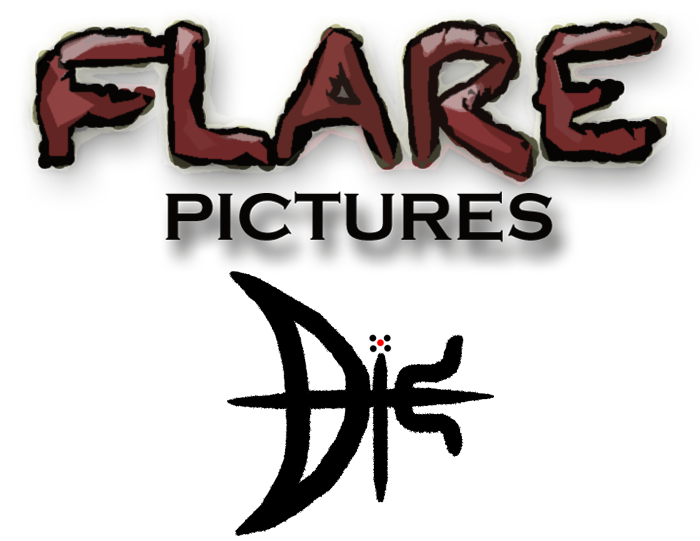1) In what ways does the media product use, develop or challenge forms and conventions of real media products?
To add a bit of variation to the opening sequence, I cut up one shot into a few segments and deleted one or two of them. Then, I added a 'cross-fade'. Adding a fade signifies the passage of time - or, in this case, it can drastically reduce the length a shot. The shot went on for too long before I edited it.
This is the cross-fade effect in action (Extract A):
 |
| Extract A |
The same can be said about 'fading to black'. We used the transition seven times throughout the film to change setting and time.
It is also a common transition - it was used a few times in the film I analysed here.
We used many common tropes from the psychological thriller/horror genre in our production. For example, we left the film at an open ending to add mystery. The Tenant by Roman Polanski does this, with many mystery and thrillers movies doing the same. What's more, our film builds on this. There are many inferred events not directly mentioned in the film, but hinted at through a newspaper I created.
 |
| Extract B |
 |
| Extract C |
Concepts like this can make a film more entertaining to the audience. Small things such as the newspaper would be noticeable the second time watching the film.
The film also uses a shot shown in Jacob's Ladder. The 'head shaking shot' shown in this video.
This video shows my attempt at recreating the shot, originally posted here. Fans of the genre will remember the use of the shot in Jacob's Ladder, so it is a suitable reference.
Audiences of films get pleasure from escapism from their day-to-day lives. This applies to all films, and our film is no different. The premise of the film follows a normal guy who the viewer associates with from the start. He is meant to have normal hobbies and do normal activities, because that is what makes him (and the film) seem realistic.
Towards the end of the film is when the surprise fantasy element is introduced - and this ends the suspense of the audience. The timing of the plot twist is the main element what causes audience pleasure in our film.
Again, the film I analysed, Home, is relevant. It does the same. It leaves the audience questioning what happened to the women's husband until the end, then it is revealed. This film is where I got a couple of ideas for our film.

No comments:
Post a Comment